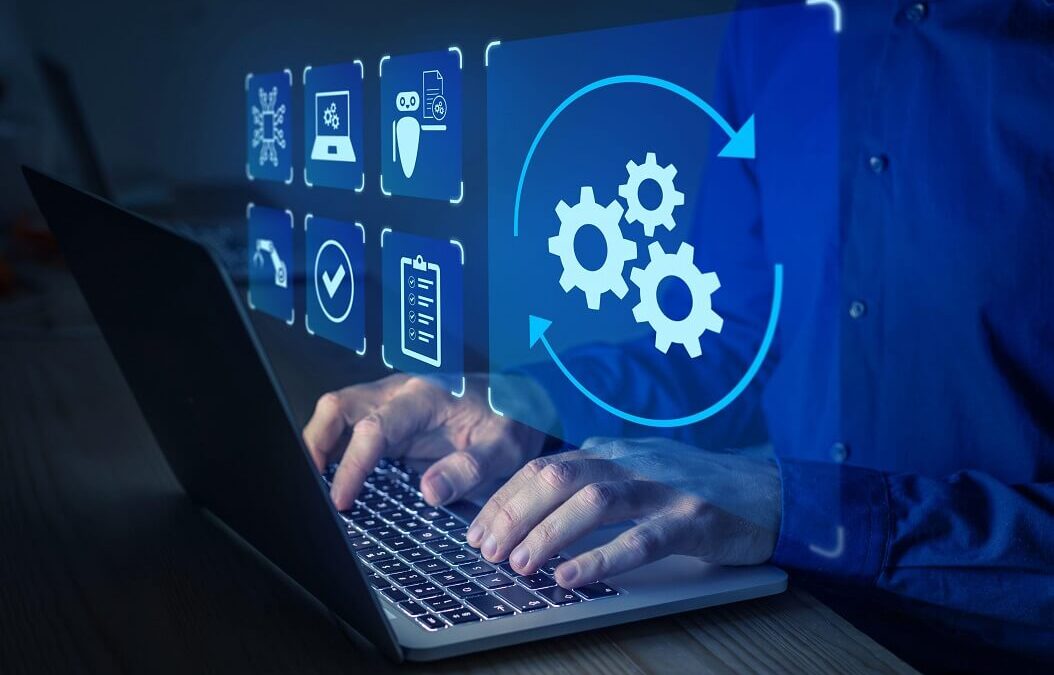In the rapidly evolving landscape of the modern workplace, the demand for secure and efficient remote access solutions has reached unprecedented heights. With the global workforce becoming more distributed, businesses are increasingly recognizing the need for robust technologies that can seamlessly bridge the gap between physical and virtual workspaces. This blog post dives deep into the realm of secure remote access solutions, exploring their significance, key features, and the impact they have on productivity, security, and overall business continuity.
Introduction: Navigating the Remote Revolution
The advent of remote work has revolutionized the way businesses operate. While it has unlocked unprecedented flexibility and accessibility, it has also brought about new challenges, particularly in terms of cybersecurity. The need for securing remote access has become paramount as organizations strive to strike the delicate balance between connectivity and safeguarding sensitive data.

Understanding Secure Remote Access Solutions
- Virtual Private Networks (VPNs)
Virtual Private Networks have long been a cornerstone of secure remote access. They create encrypted tunnels, ensuring that data transmitted between remote users and the corporate network remains confidential. Advances in VPN technology have made them more versatile, offering secure access to a wide array of applications and resources.
- Zero Trust Architecture
In the era of heightened cyber threats, the Zero Trust approach has gained prominence. This model operates on the principle of “never trust, always verify.” It demands continuous authentication and authorization, even for users within the corporate network. By adopting a Zero Trust architecture, organizations can significantly bolster their defenses against evolving cyber threats.
- Secure Access Service Edge (SASE)
SASE is a comprehensive framework that combines network security functions with WAN capabilities to support the dynamic, secure access needs of organizations. This cloud-native architecture is particularly well-suited for the modern, decentralized workforce, providing secure access regardless of the user’s location.
Benefits of Secure Remote Access Solutions
- Enhanced Productivity
It empowers employees to work from any location without compromising on security. This flexibility translates to increased productivity, as individuals can seamlessly collaborate and access resources from the comfort of their chosen workspace.
- Robust Security Posture
With the rising tide of cyber threats, organizations need to fortify their defenses. Secure remote access, when implemented correctly, create a robust security posture, protecting sensitive data from unauthorized access and potential breaches.
- Business Continuity Assurance
The ability to maintain operations in the face of unforeseen disruptions is a critical aspect of business continuity. It ensures that employees can continue working during emergencies, such as natural disasters or health crises.
Strategies for Enhanced Security and User Experience
- Multi-Factor Authentication (MFA)
While MFA is not a new concept, its implementation is evolving. Biometric authentication combined with traditional factors like passwords and smart cards provides an extra layer of security. Ensuring that MFA is seamlessly integrated into the remote access infrastructure enhances protection against unauthorized access.
- Continuous Monitoring and Threat Detection
The proactive identification of potential security threats is crucial in the realm of remote access. Continuous monitoring, coupled with advanced threat detection mechanisms powered by AI and machine learning, enables organizations to identify and respond to security incidents in real-time.
- Customization for Diverse Work Environments
Every organization has its unique workflow and security requirements. Customizing secure remote access to cater to the specific needs of diverse work environments, industries, and regulatory landscapes ensures a tailored approach that optimizes both security and user experience.
Challenges and Considerations
While the advantages of secure remote access solutions are undeniable, it’s essential to be aware of potential challenges. Issues such as user authentication, endpoint security, and scalability must be carefully addressed to ensure a seamless and secure remote work environment.
Future Trends in Secure Remote Access
As technology continues to advance, the landscape of secure remote access is expected to evolve. The integration of artificial intelligence, biometrics, and advanced encryption protocols will likely shape the future of remote connectivity, providing even more robust solutions to meet the demands of an ever-changing work environment.

Conclusion: Empowering the Future of Work
In conclusion, the quest for remote access solutions is not merely a technological pursuit but a strategic imperative for businesses navigating the complexities of the modern work landscape. By embracing cutting-edge technologies and adopting a proactive approach to cybersecurity, organizations can unlock the full potential of remote work while safeguarding their most valuable assets. Secure remote access are not just tools; they are the gateway to a future where connectivity and security coexist harmoniously, driving innovation and productivity to new heights.


